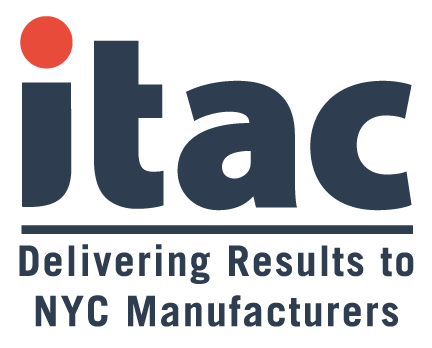Three Cheers for Engineers. David Cote is one of the most respected CEOs of the 2000s. During his 15 years helming Honeywell International, he turned a flailing $28 billion company plagued by bad acquisitions, a bloated workforce and a blind-eye to environmental cleanup into an $87 billion operation characterized by a unified culture, continuous improvement and conservative accounting. Investment shockjock Jim Cramer once marveled how Cote, who came from a blue-collar background in New Hampshire and worked a punch press at a GE jet engine plant while attending college, managed to both be a standout CEO and keep a low profile. President Obama named Cote one of his “most admired” CEOS and gave him a spot on the Simpson Bowles Commission on fiscal responsibility.
Since he left Honeywell in 2015, Cote has worked mainly in the investment banking/private equity world, most recently bringing together a $5 billion deal that makes him the executive chairman of Vertiv, a power supply company that produces thermal management systems and edge devices. On the eve of the release of his first book, Winning Now, Winning Later, a playbook for leading with a long-term mindset without losing short-term results, Cote spoke to IndustryWeek about a few things he sees for the next half-century for manufacturing:
1. China’s impact will only get bigger.
“It won’t just be based on low labor rates and their ability to be cheaper than everybody else. For anybody who does business there, you already know that to get good talent at upper levels in China, you basically have to pay them as if they were in the U.S. They will be the biggest competitive force that we deal with this century. And I fully expect that will be true 50 years from now.
“Right now, China is still catching up, and basically treading ground that we’ve already crossed. … I fully expect that they’re going to continue to gain ground on us. They’ve started their own Silicon Valley-type places in various cities. The number of engineers they turn out today is greater than ours. And that’s with only about a third of, say, college-age eligible kids going compared to what we see in the U.S. So at some point, they’ll be churning out four to six times more engineers per year than we do.
“You’re gonna see a lot more innovation coming out of China. You can even see it in payment systems today—digital payment systems in China are significantly better than we have here. They are investing significantly in innovation and on digital innovation in particular. It really bothers me when I look at the U.S. government cutting back on any kind of R&D. If you look at companies, their R&D is 90% D and maybe 10% R. There’s a role for government to be playing here to do basic research in every sector. The amount of money that could go into research and ought to is a drop in the bucket compared to what we’re spending everywhere else right now.”
2. Regional manufacturing will rise.
“When I read about companies bringing jobs back to the U.S., I used to look at that and go, ‘Well, what they’re really saying is that they wasted money twice. They wasted money to move it, and they wasted money to move it back.’ Yep. The approach that we took at Honeywell, and that [current CEO] Darius Adamczyk still is taking, is it’s important to manufacture within the region—and by that I mean, breaking it into what we used to call ‘the poles’—the Americas, Europe, Africa and Asia. It just makes a lot more sense, and you will see more and more people gravitate to that.”
3. Public education will need—already needs—a tech overhaul.
“Technology is going to change not just how manufacturing is done, but how people do things. So you need a more educated populace in the workforce. One of the things we need to focus on as a country—I mean, I really bemoan the state of public education. We’re totally missing out right now. We can’t count on companies doing training or taking responsibility for schools. It’s a fundamental requirement of the government that they’re not doing a good job of fulfilling right now. People need to understand what software does and how to use it.”
The insight is from IndustryWeek.com. You can read the full article by clicking here.






